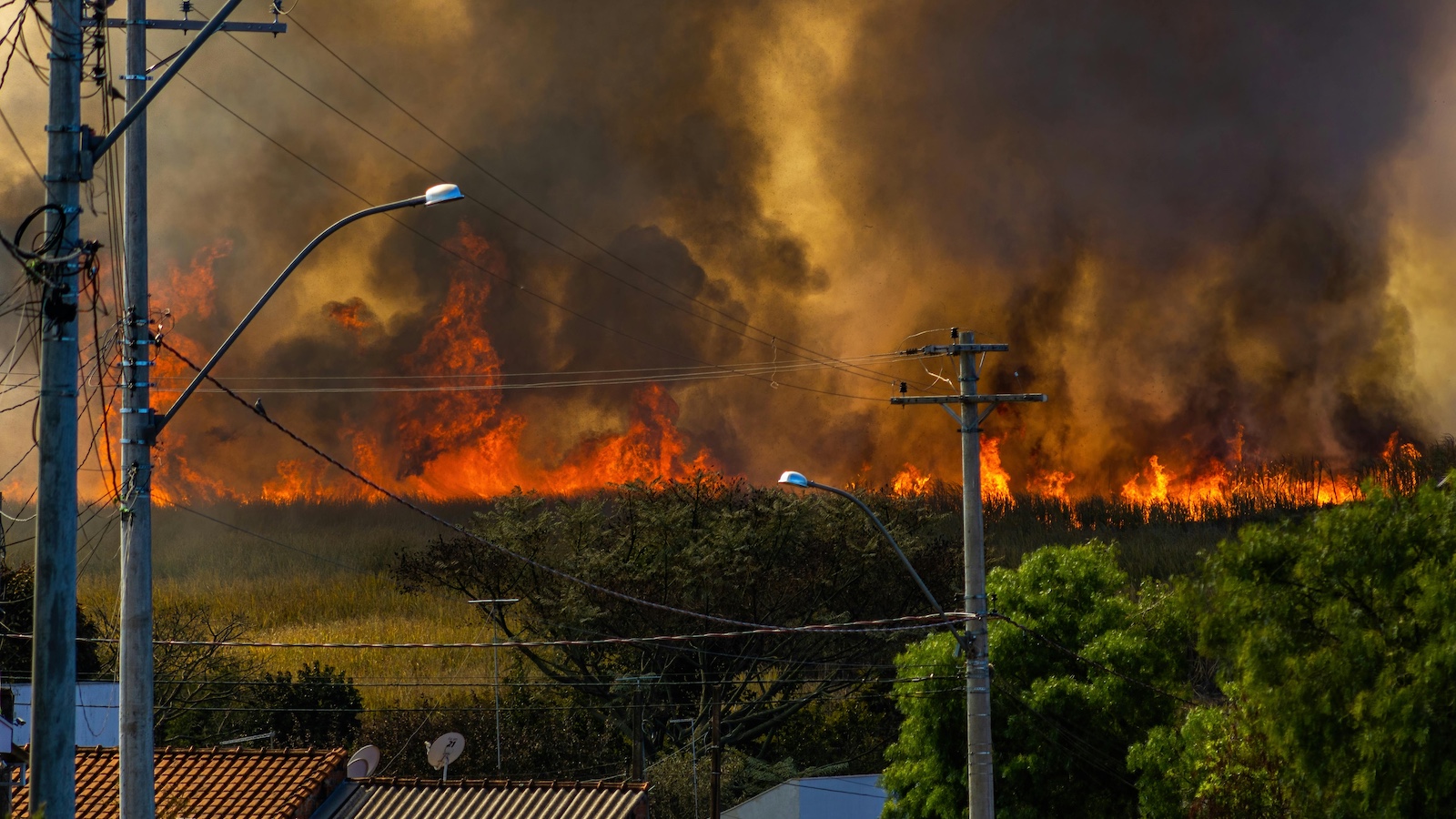The Weather Network reports that "the first three months of the 2020 Atlantic hurricane season have featured numerous... records" as we enter the official peak in September. Hurricane Hanna, the first of the season, brought heavy rain and flash flooding that, according to Karen Clark & Co. (KCC), caused $350 million of damage to Texas automobiles and properties, The Insurance Information Institute (III) reported that Hurricane Laura, which hit on Aug. 26, caused insured wind and flood losses "well into the billions of dollars.
It’s vital for insurers to understand the flooding impact of hurricanes vs. the tropical storms they develop into after they hit land. In June 2020, the federal government stated, “New NOAA-funded research finds that across all major Atlantic hurricanes affecting the southeastern and eastern U.S. during the twentieth century, the largest areas and heaviest intensities of rainfall over land occur after major hurricanes become tropical storms, not during hurricanes or even major hurricanes.” Therefore, if more record-breaking hurricane seasons occur, the losses to insurers from tropical storms are likely to be the biggest risk.
Many insurers now publish flood plans that can be used by homeowners or businesses and encourage the use of flood defenses and other resilience measures to mitigate losses. However, losses continue to mount, which for many is due to the quality of flood warnings they receive.
National and local flood warnings currently have two weaknesses: lack of detailed information on the precise locations at risk of flood and too many false alarms. The weaknesses are caused by weather’s unpredictability, with every storm being different. For instance, Hurricane Laura’s flood warnings predicting flooding to 20 feet high and 40 miles inland did not materialize because the eye of the storm hit 40 miles east of the forecast’s prediction. Such traditional forecasts use library-based approaches, which do not consider flow routing processes. As a result, they have very low levels of accuracy and are unable to provide depth or time forecasts.
Over the last 19 years of university and commercial research, in conjunction with the U.K. government, the next generation of flood forecasting has been developed. This uses a live modeling approach, which solves the library-based problems by using hydrodynamic modeling, explicitly routing flood water over the landscape. This new forecasting technology has been proven globally, including against Superstorm Sandy, which hit New York City in 2012, where the model had 90% accuracy. These results prompted Loughborough University to commercialize the service through a spinout business, Previsico.
See also: Now Comes the Flood Season
This new approach provides real-time warnings at an individual property level, with a new forecast generated every three hours that predicts flooding up to 48 hours ahead of time. Critically, this approach works for storm surge and river and surface water flooding, including flash flooding.
Case studies show, for instance, that two New York art galleries that incurred $6.3 million in losses in Superstorm Sandy would have had no losses if the new approach had been in force, providing a timely warning to move the art work to safety.
Lloyd’s Lab case studies show that reducing flood losses from immovable assets can range from 10% to above 90% if the property has protection such as flood defenses and other resilience measures. While many hurricane victims may have some flood protection, they need accurate warnings to ensure the protection is in place in time.
The National Flood Insurance Program (NFIP) provides buildings and content insurance support to businesses and homeowners alike. However, this still leaves insurers exposed to business interruption and automobile claims when hurricanes hit. 2017’s Hurricane Harvey brought 20 trillion gallons of rainfall, the equivalent of nearly 1 million gallons per person living in Texas, according to the federal government. Thousands of businesses were affected and incurred billions in losses that could have been avoided. For instance, Big Star Honda in Houston lost 600 vehicles and had to cease operating for five days. With actionable flood warnings, the cars could have been easily moved to safety.
The U.S. private flood insurance market is growing, as Lloyd's and re-insurers offer capacity to try to fill the $40 billion U.S. flood insurance gap. This is important because the National Association of Insurance Commissioners found that 50% of flood losses are outside FEMA’s high risk areas, and 99% of properties that fall outside the zones have no flood insurance. The insurance gap is only going to increase, as NOAA states that, “With future warming, hurricane rainfall rates are likely to increase, as will the number of very intense hurricanes, according to both theory and numerical models.”
See also: A Way Forward on Flood Insurance?
Flood insurance is a substantial opportunity, with gains possible across a carrier’s business, especially in a hardening market. Underwriters can manage loss ratios more effectively by agreeing with customers on their responsibility to manage use flood warnings and plans. Marketing can offer flood warnings as a value-added service to customers, and claims departments can respond to flooding more efficiently. Finally, boards armed with a real-time property-level flood loss estimate can manage their exposure.








